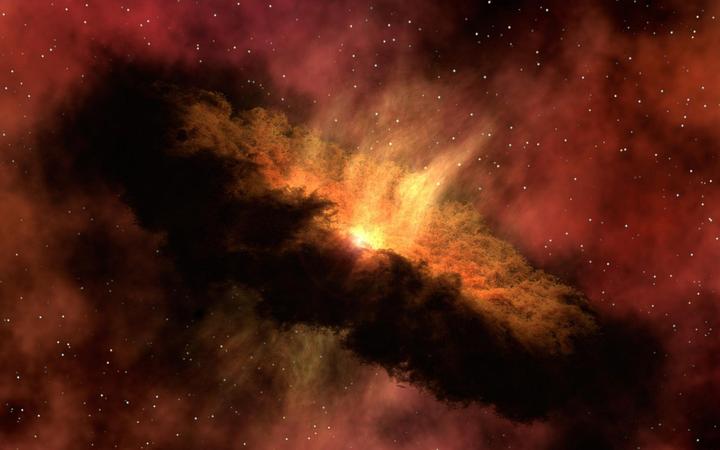Black holes are common, so where are white holes?
Black holes have long captivated the imagination of scientists and the public alike, with their mysterious and powerful gravitational pull shaping the fabric of space and time. However, amidst the fascination with black holes, one question often arises: if black holes exist, where are their theoretical counterparts known as white holes? In this article, we explore the intriguing concept of white holes and the theoretical implications of their existence in the cosmos. Delving into the current understanding of these hypothetical cosmic phenomena, we navigate the complexities of black hole theory and the enigmatic nature of white holes, offering insights into the potential role they may play in unraveling the mysteries of the universe.
Recommend
Show key points
- White holes are theoretical opposites of black holes, expelling matter instead of pulling it inward, and are derived from the same equations in Einstein's general relativity.
- Unlike black holes, which allow entry but no escape, white holes hypothetically cannot be entered from the outside but continually emit matter and energy.
- Despite being mathematically viable, there is currently no observational evidence or confirmed sightings of white holes in the universe.
- ADVERTISEMENT
- The asymmetry of time in our universe, where time appears to move in only one direction, may explain why white holes do not physically manifest like black holes.
- Some scientists speculate that white holes could be the endpoints for matter falling into black holes in other universes, though this remains purely hypothetical.
- Theoretical barriers, such as violation of statistical laws and instability due to interaction with surrounding matter, challenge the physical plausibility of white holes.
- Emerging quantum theories, such as loop quantum gravity, propose that a black hole's death could produce a white hole, offering a potential solution to the information loss paradox.
What are white holes?
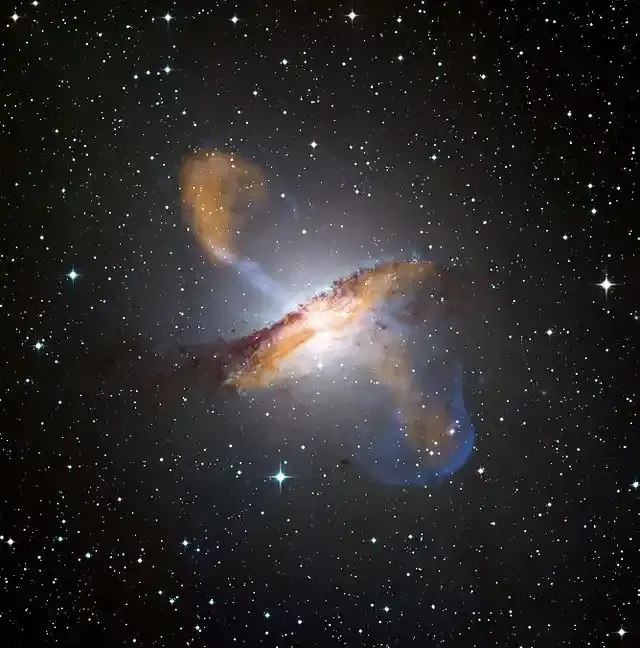
White holes arise from solutions to Einstein's theory of general relativity devised by Karl Schwarzschild in 1916, just one year after the theory was first published. Schwarzschild was the man who wrote mathematics describing black holes in the universe as completely collapsed bodies. He had to choose, there is nothing in general relativity that determines the direction in which time flows. You can point the watch in that particular direction, and that's what gives you this image where objects fall into a black hole. This is where gravity is attractive, but you can also choose the opposite direction in which time flows and get the opposite effect. So in addition to the black hole, Schwarzschild's mathematics also gives us a white hole once you turn the way time works.
How are white holes different from black holes?

A white hole is the opposite of a black hole. In a black hole, you have a condensed gravitational field that pulls things inward, and you have a unidirectional membrane called the event horizon. When you cross this event horizon, then you are captured, and you cannot escape this black hole. You've been grabbed by gravity, and your future is destined to be at the center of a black hole, no matter what you do. Now the white hole is the opposite. So a white hole is almost like antigravity that expels material endlessly. With a white hole, you have an event horizon, where things from the inside cross the event horizon and are expelled into the universe, and you can't actually get into the white hole. So in a black hole, you can go inside, but not outward. In a white hole, you can go outside but not inward.
Is there any evidence of white holes?
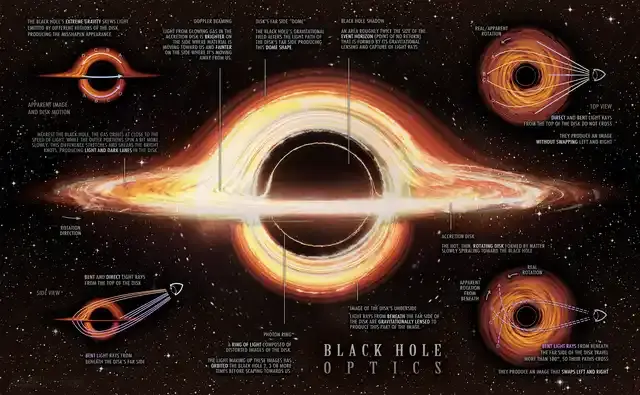
The answer is no, really. I mean, there's speculation about some strange things in the universe that might have white fingerprints. There's nothing we can point to in the same way we can point to a black hole that says, "Yes, this is a white hole." Maybe it's because of the choice we make regarding the past and the future, maybe there's only one real choice regarding the direction of the future, which means we can only have black hole solutions. Some scientists suggest that the fact that the universe is asymmetrical, we see the beginning with the Big Bang, and we have an infinite future in front of us, which means that the future is written in the universe, determines a time trend in one direction which means that only a black hole solution can exist. So, although it's mathematically possible to have a white hole, the fact that our universe is asymmetric means that it can't actually be perceived.
What might astronomers look for to discover a white hole?
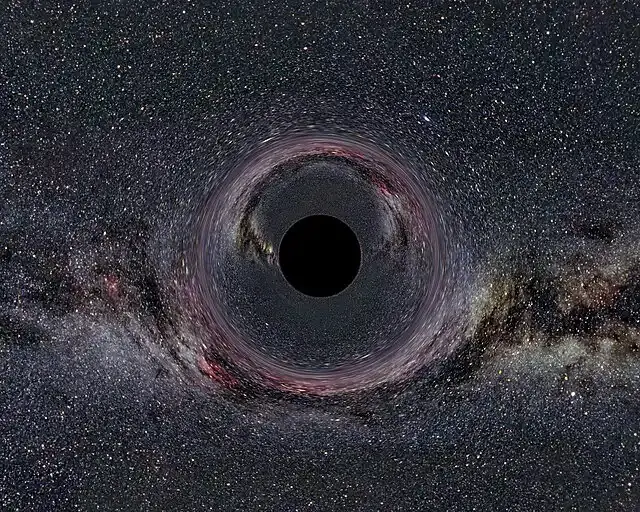
People think this will be a place where things are excreted with large amounts of energy. Scientists like Roger Penrose hypothesize that a white hole is like an exit for a black hole in another universe. So the material will fall into a black hole in one universe and be expelled to another universe through a white hole. So people looked for places where energy seemed to flow into the universe, but there is nothing specific there that has a signature characteristic of a white hole.
Why white holes may not exist
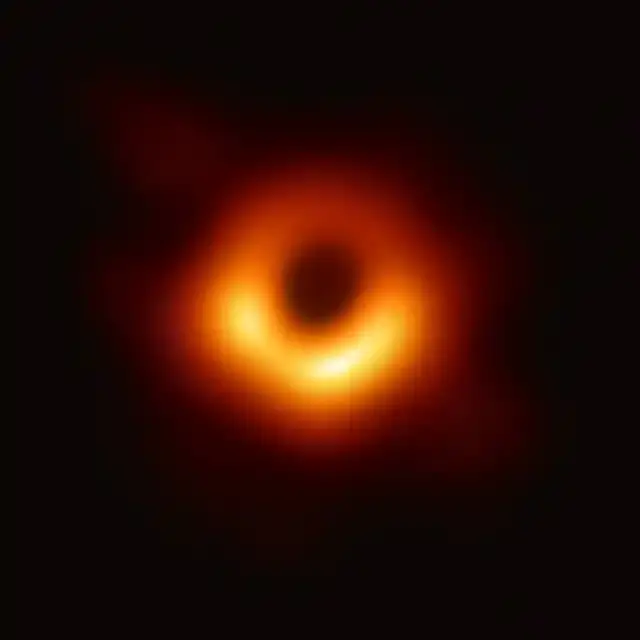
While general relativity describes white holes in theory, no one knows how they might actually form. A black hole surrounds a piece of space when a star collapses to a small size, but playing this video in the opposite direction makes no physical sense. An event horizon that explodes into a functional star will look like an egg that disintegrates – a violation of statistical law that demands that the universe become more chaotic over time. Even if large white holes form, it is likely that they will not stay for long. Any material released will collide with matter in orbit, and the system will collapse into a black hole. Hal Haggard, a theoretical physicist at Bard College in New York, said: "I think a long-lived white hole is highly unlikely.
Why white holes may exist
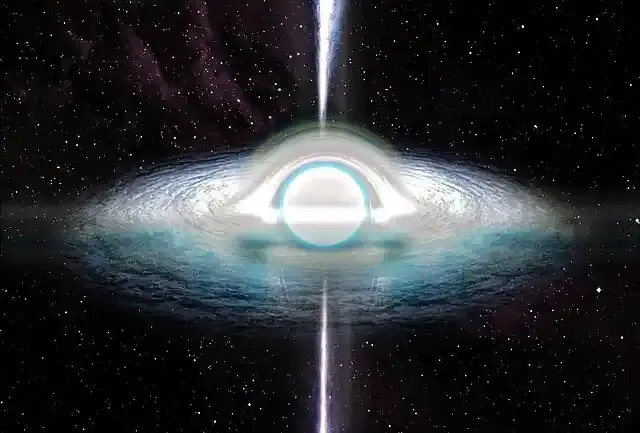
For a while, white holes seemed to share the fate of wormholes – twists mathematically permissible for time and space and likely prohibited by reality. But in recent years, some physicists have restored white holes in an attempt to save their darker siblings from an unfitting death. Ever since Stephen Hawking realized in the seventies that black holes leak energy, physicists have debated how entities can shrink and die. If the black hole evaporates, many wonder, what happens to the inner record of everything it swallowed? General relativity will not allow information to go out and quantum mechanics prohibits its deletion. "How does a black hole die? I don't know. How is a white hole born? Maybe a white hole is the death of a black hole," Rovely said. "The two questions correlate well, but you have to violate the equations of general relativity in going from one to the other." Rovilli is the founder of the theory of annular quantum gravity, an incomplete attempt to transcend general relativity by describing space itself as built of Lego-style particles. Guided by tools from this framework, he and others describe a scenario where the black hole grows to the point that it no longer obeys the common sense rules of stars and billiard balls. At the particle level, quantum randomness takes over and a black hole can turn into a white hole.
![]()
Tafilalet Village: Exploring Morocco's Berber Life
Tafilalet, a hidden gem in Morocco, blends ancient Amazigh heritage with stunning desert landscapes. Visitors can explore traditional mud architecture, experience authentic Berber hospitality, and enjoy local cuisine like tagine and dates. It's a perfect escape for those seeking adventure, culture, and a taste of simple, traditional life. more- ADVERTISEMENT
![]()
5 practices and habits to avoid forgetting
5 practices and habits to avoid forgetting more- ADVERTISEMENT
![]()
The Rise of Civilization: How Bread Dough Shaped Human History
Bread dough began as a humble mix of grains and water but evolved into a symbol of civilization, shaping cultures and economies. From Egypt’s sacred loaves to modern artisan creations, it blends tradition with innovation, remaining a staple that connects humanity through time and taste. more- ADVERTISEMENT
![]()
The best economical graphics cards for gaming and content creation - available in the Arab world
Looking for strong gaming and content creation performance on a budget? The NVIDIA GeForce GTX 1660 Super and RTX 3050 stand out for 1080p, while the AMD RX 6700 XT and NVIDIA RTX 3060 Ti shine at 1440p. Great value options packed with smooth performance and essential features like ray tracing. more- ADVERTISEMENT
![]()
How exactly to spend your money to maximize happiness, according to the latest science
How exactly to spend your money to maximize happiness, according to the latest science more- ADVERTISEMENT
![]()
Why is a minute divided into 60 seconds, an hour into 60 minutes, with only 24 hours a day?
Why is a minute divided into 60 seconds, an hour into 60 minutes, yet there are only 24 hours in a day? more- ADVERTISEMENT
![]()
Best Graphic YouTube Design Learning Channels in Arabic
Noor Design Channel stands out by teaching design basics like color theory in a hands-on way, helping many Arabs become skilled designers. It also guides learners on turning design skills into freelance work, making it a top pick for Arabic-speaking beginners. more- ADVERTISEMENT
![]()
Illuminating the Cosmos: The Spectacular Light Shows of Stellar Explosions
Stellar explosions paint the sky with mesmerizing light and immense energy, marking the dramatic end of stars. These cosmic events not only create heavy elements like gold and iron but also reveal secrets about the universe's formation. Gamma rays from these bursts shine with deadly intensity and deep mystery. more- ADVERTISEMENT
![]()
How can I stop wasting time?
Distractions like phones and social media eat up your time. Create routines, set priorities, and work in focused time blocks. Keep your phone silent, avoid multitasking, and believe in yourself to overcome procrastination. Small changes can make your days much more productive. more- ADVERTISEMENT
![]()
Unexpected reading and writing skills in people with autism
Many non-speaking autistic individuals show surprising reading and writing abilities, revealing untapped literacy potential. Through innovative tests, researchers found that over half could understand written language patterns, challenging long-standing assumptions and opening new paths for communication, education, and inclusion. more- ADVERTISEMENT



















